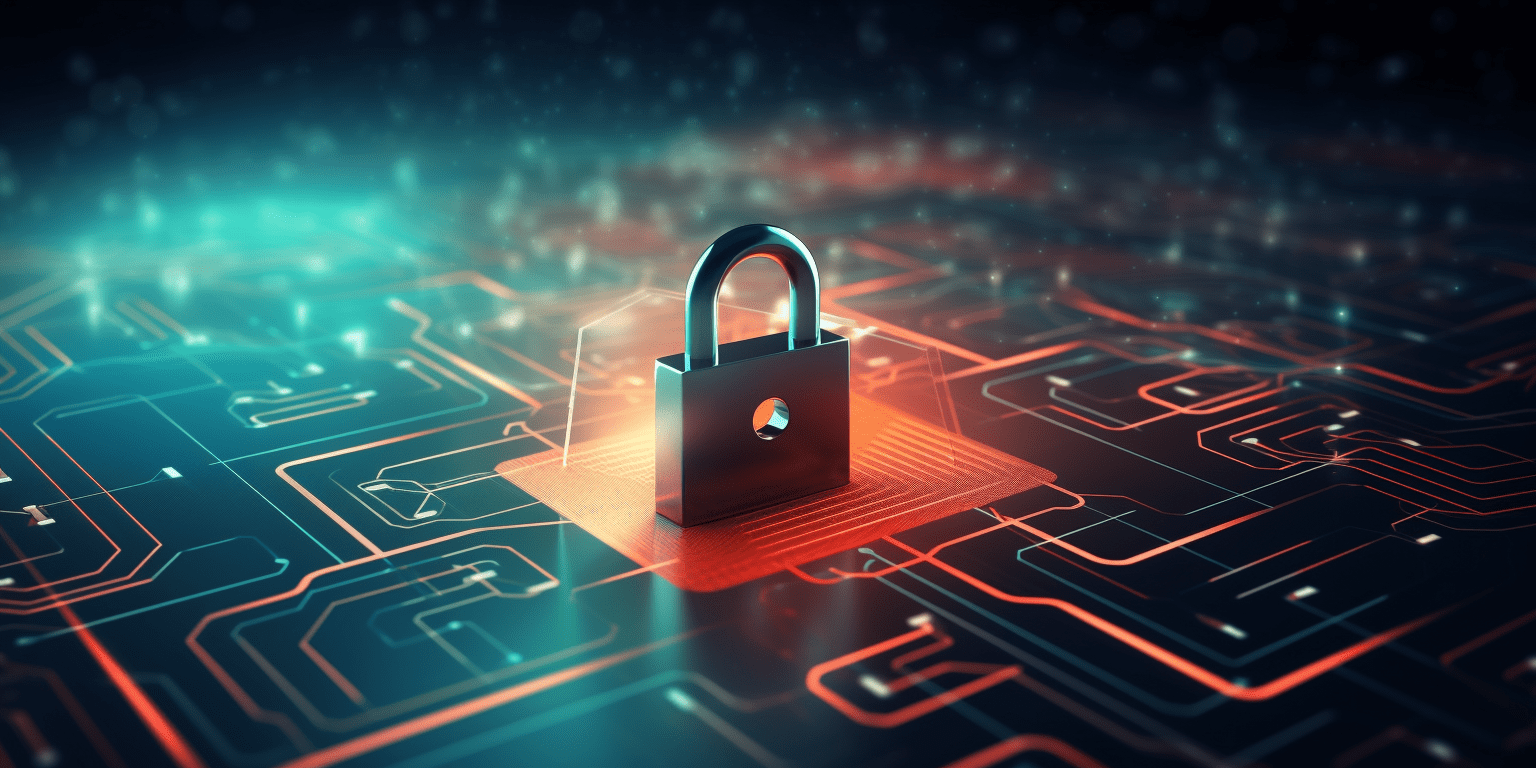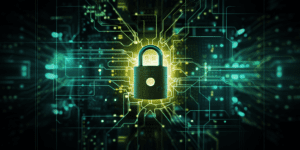Introduction
Two-Factor Authentication (2FA) is a widely adopted security measure designed to add an additional layer of protection to online accounts. While 2FA is generally effective in enhancing security, it is not without vulnerabilities. This article explores common 2FA vulnerabilities, potential risks associated with them, and strategies to address these vulnerabilities to strengthen overall protection.
1. Common 2FA Methods
- SMS Authentication: A one-time code is sent to the user’s mobile device via SMS.
- Authenticator Apps: Time-based one-time codes are generated by authenticator apps like Google Authenticator or Authy.
- Hardware Tokens: Physical devices generate unique codes for authentication.
2. 2FA Vulnerabilities
- SIM Swapping: Attackers convince mobile carriers to transfer a user’s phone number to a new SIM card, gaining control over SMS-based 2FA.
- Phishing Attacks: Users may unknowingly provide 2FA codes to fake websites or phishing attempts.
- Man-in-the-Middle (MitM) Attacks: Attackers intercept communication between the user and the authentication server, capturing 2FA codes.
- Device Compromise: If a user’s device is compromised, authenticator apps or hardware tokens can be accessed by attackers.
3. Addressing 2FA Vulnerabilities
- Use App-Based 2FA: Prefer app-based 2FA over SMS to mitigate the risk of SIM swapping.
- Biometric Authentication: Integrate biometric methods like fingerprint or facial recognition for an additional layer of security.
- Security Keys: Utilize hardware security keys for a more secure form of authentication.
- Educate Users: Raise awareness among users about phishing risks and the importance of verifying the legitimacy of websites.
- Multi-Channel Authentication: Implement 2FA across multiple channels for added security.

4. Periodic Security Audits
- Regular Assessments: Conduct periodic security audits to identify and address vulnerabilities in the authentication process.
- User Training: Educate users about potential threats and provide guidance on secure authentication practices.
- Update Authentication Methods: Keep abreast of advancements in authentication technology and update methods accordingly.
5. Behavioral Analysis
- Anomaly Detection: Implement systems that detect unusual user behavior, such as multiple failed login attempts or access from unfamiliar locations.
- User Behavior Profiling: Analyze typical user behavior to identify deviations that may indicate unauthorized access.
6. Encrypted Communication
- Secure Communication Protocols: Ensure that communication between the user and the authentication server is encrypted using secure protocols (HTTPS).
- End-to-End Encryption: Employ end-to-end encryption to protect 2FA codes from interception during transmission.
7. Multi-Factor Authentication (MFA)
- Layered Security: Combine multiple factors, such as something the user knows (password), something the user has (2FA code), and something the user is (biometric), for enhanced security.
- Adaptive Authentication: Implement adaptive authentication that adjusts security measures based on user behavior and risk factors.
Conclusion
While 2FA significantly strengthens account security, it is essential to be aware of potential vulnerabilities and proactively address them. By employing secure authentication methods, educating users, conducting regular security audits, and implementing advanced security measures like biometrics and adaptive authentication, organizations can fortify their defenses against evolving threats.
A comprehensive approach to 2FA security involves a combination of technological advancements, user awareness, and continuous monitoring. As cyber threats continue to evolve, staying vigilant and proactive in addressing 2FA vulnerabilities is crucial to maintaining a robust security posture.
Disclaimer: This article is for informational purposes only and does not constitute legal or cybersecurity advice. Readers should consult with cybersecurity professionals for advice tailored to their specific circumstances.







